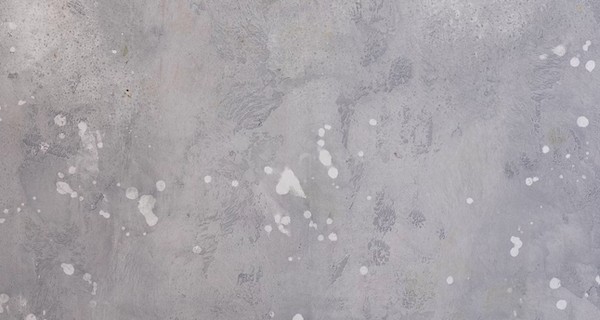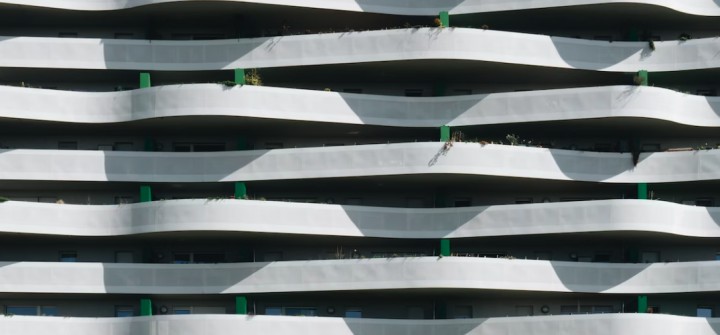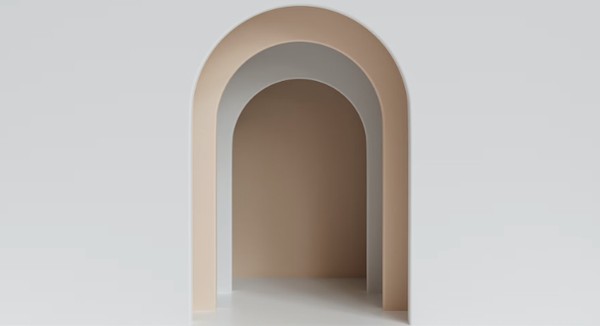
It's time to tune in and turn off with the 3rd part of my tutorial series covering the essentials of particular musical genres, because this time, I'm delving into the hushed, textural world of Ambient music production!
Flying low under the radar of mainstream music tastes for many years, Ambient is a style with a long history, rich with experimentation and subtlety. In this piece, I'm going to pick out the 5 most essential characteristics of Ambient music, and show you how to perfect them in your own music. Let's get hazy!

1. Long Live Texture
Tone and texture, or timbre, are really the bedrocks of Ambient music, even more so than the typically salient rhythm, harmony and melody characteristics of a given genre. Sounds in Ambient productions are sculpted over long time scales, with spectral envelopes of synthesiser parts carrying a similar function to melody in more usual genres.
Slow builds, arching filter sweeps and fluttering embellishments take the place of interlocking pitches and rhythms here, forming the basic musical building blocks of the style; consider this slow-burning drone and filter sweep combination, using a synth sample from our Plasma - Granular Texture Samples pack of royalty-free sounds:
Think long attack times when it comes to programming the ADSR or filter envelope of your synth patches (or pick up some of our synth presets to get you started), and simply holding down single notes or chords for extended periods to create a mood or sonic atmosphere that changes only gradually over time.
Brian Eno once said that Ambient music "is intended to induce calm and a space to think" - it should have enough detail that you can actively listen to it without getting bored, but not so much that you can't ignore it whilst it's playing; a fine balance to strike!

2. Layers
A lot of Ambient's power comes from the way in which layers are used and stacked on top of each other. We're more used to different layers (or instruments, or DAW tracks) working in a call and response, tension or time-separated arrangements, and with those layers being quite different in terms of tone - bass, chords, drums and lead melody.
In Ambient works, the layers work together in a much more synchronous way - blending together to create homogenised soundscapes. So instead of a bassline, we're more likely to have a sub drone, with the colours in its harmonics being emphasised gradually using filtering or resonators, or effects such as delay being slowly applied with more intensity over time.
Have a listen to how the layers of drone samples are combined and mixed in and out from each other in the demo for our Mythology - Ambient Texture Samples pack, keeping in mind that you're listening to more than one sample at any given moment:
This isn't to say that Ambient music is entirely monochromatic, however - behind the slower synth drones and contours, it's quite common to hear subtle noise-based elements, such as granular synthesis (grain clouds), filtered noise washes and field recordings providing some contrast.

3. Tempo (Or The Lack Of It)
Ambient music in its purest forms doesn't typically have a detectable tempo. Things happen in the music relatively irregularly, or sparsely - there may be a flutter from a noise generator passed through a tremolo, before being filtered to move it up or down in the spectrum, once a synthesiser part builds to the end of a crescendo or a pitch contour.
So instead of being organised around a rhythmic backbone, the musical parts may grow and die away according to their own timbral development, leaving space behind when they go which can be filled with new parts and textures, reverb, or even simply empty sonic space.
Listen to how the synth notes blend and merge into one another in this demonstrate of a preset from our First Light - Ambient Vital Presets pack, with a very loose sense of timing:
Hybridised forms of Ambient, such as Illbient or Ambient House, do contain rhythmic elements, however. These are generally at a tempo a tad slower than in their non-Ambient incarnations: in the mid-high 80s for Illbient (an Ambient/ hip hop crossover) and the low 120s or less for Ambient House.

4. Form
Ambient pieces are sometimes on a scale approaching the epic - with tracks lasting for half an hour or more! Needless to say, it would be quite hard to sustain a verse / chorus form over this duration.
Rather, Ambient music tends to go through gradated sections, which bleed into each other over a common thread, such as a drone. The gradual fading in and out of different parts or sonic colours is what gives Ambient its shape. The clearly demarcated sectional boundaries of more rhythmic music gives way to smoother transitions, often developing in an arc shape.
Listen to the demo for our Gradient - Guitar Texture Samples pack for a demonstration on this smooth ebbing and flowing of music sections:

5. Space
Ambient elevates the spatial characteristics of music, too. Space can be more than just the stereo stage (the space between your speakers) or a reverb setting; it can be surround sound (front and back, as well as left and right), as well as pitch or spectral space (the distance between a low note and a high note, or a band-passed sound and a broadband sound).
The way in which different layers can be treated differently in space, and the interplays created in doing so, are another important part of Ambient music. Try thinking about how the space, or dead air of silence, is filled and emptied over time, rather than what happens after a certain number of repetitions, and you'll be well on the way to mastering the art of Ambient loveliness!
Have a listen to the interplay between the percussive sounds across both your speakers in this texture preset, also from our First Light - Vital Ambient Presets pack, for a sense of Ambient sonic space:
Check out our full collection of royalty-free ambient synth patches and ambient loops to get you started on the road to meditative musical bliss!
Essential Listening
To really nail down the crucial aspects of Ambient music for you, in your bid to craft airy, drifting slices of smooth sonic atmosphere in your DAW, we've selected 5 essential tunes that demonstrate the above techniques and then some - study them well!
1. Brian Eno - An Ending (Ascent)2. Aphex Twin - #33. Biosphere - Hyperborea4. Stars Of The Lid - A Meaningful Moment Through A Meaning (Less) Process5. GAS - Pop 2














